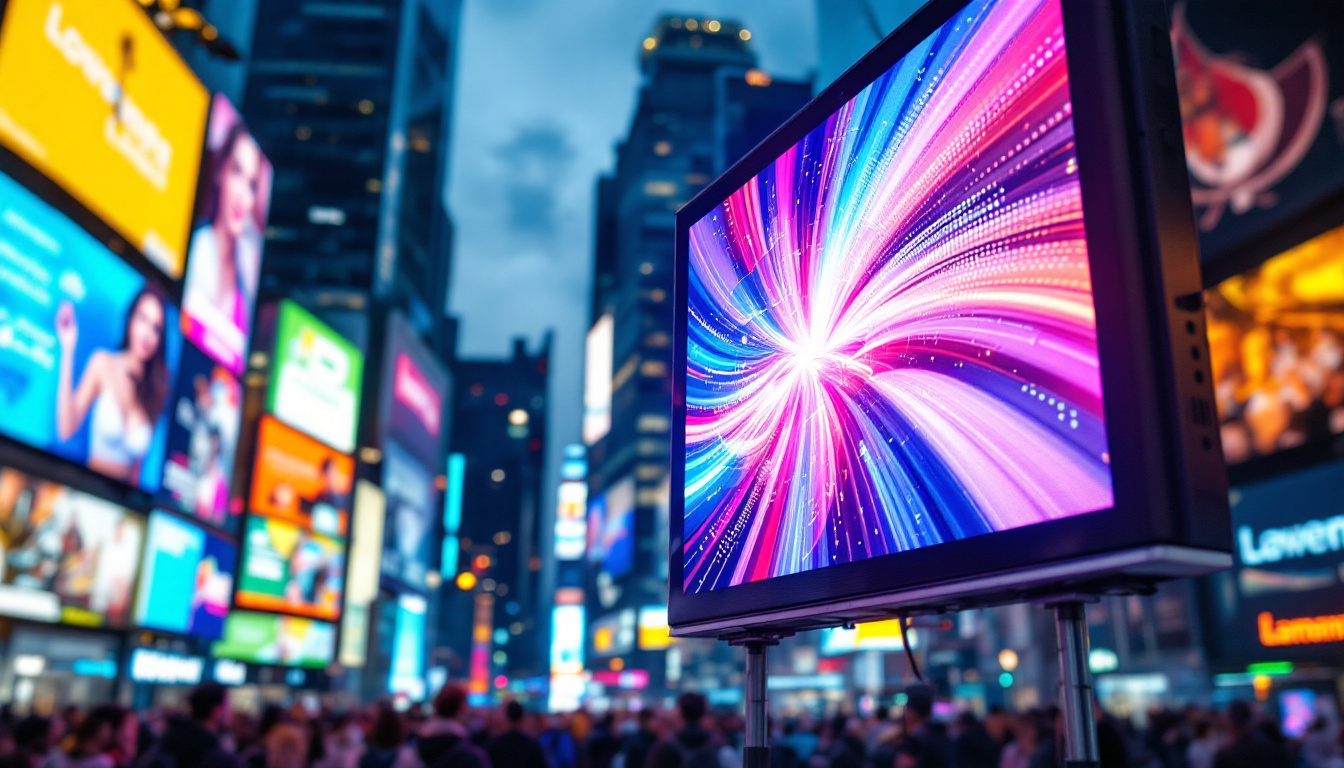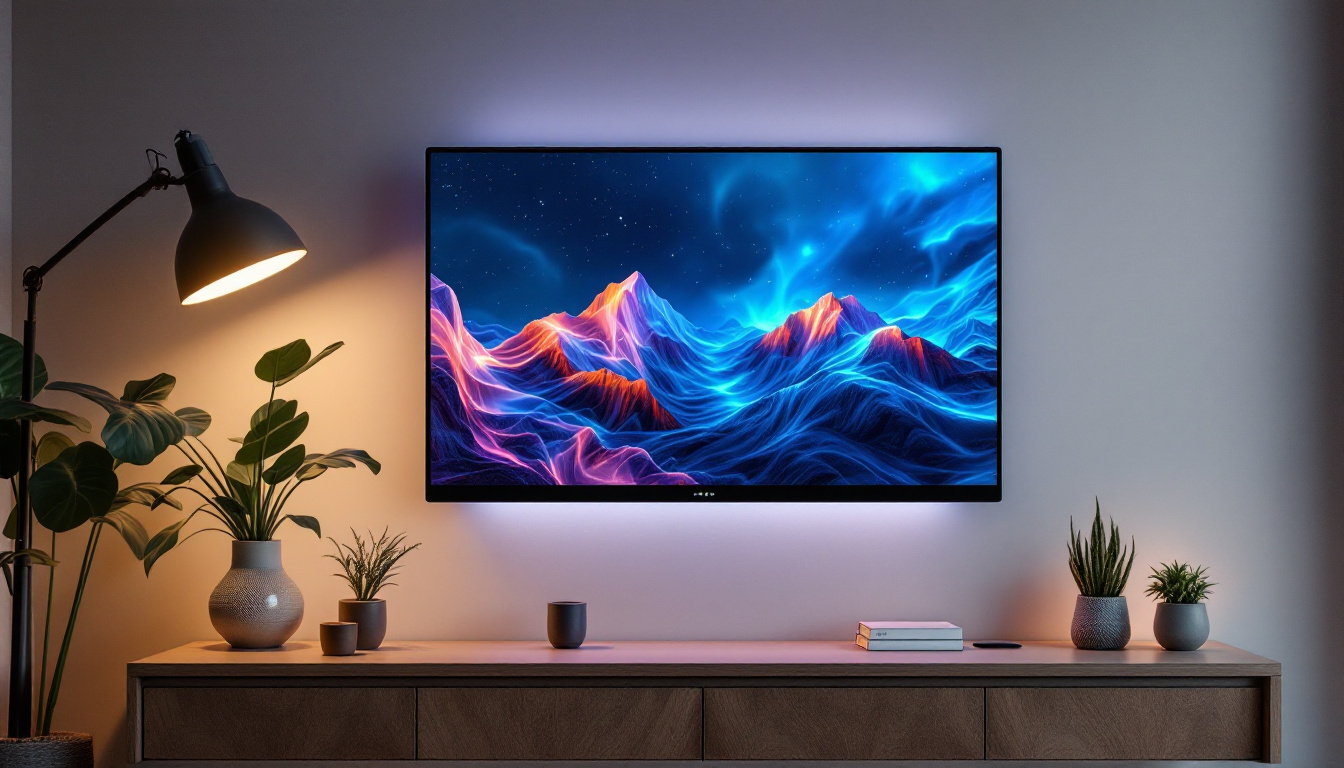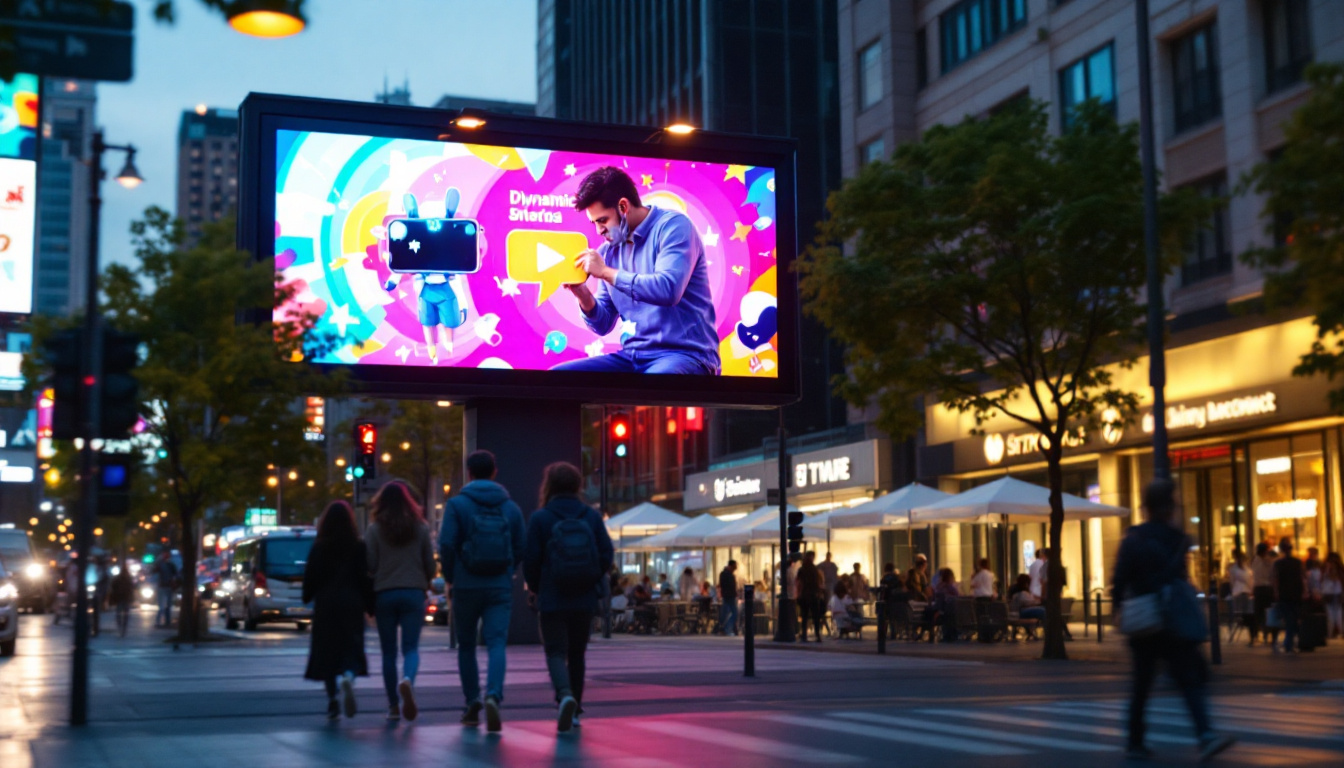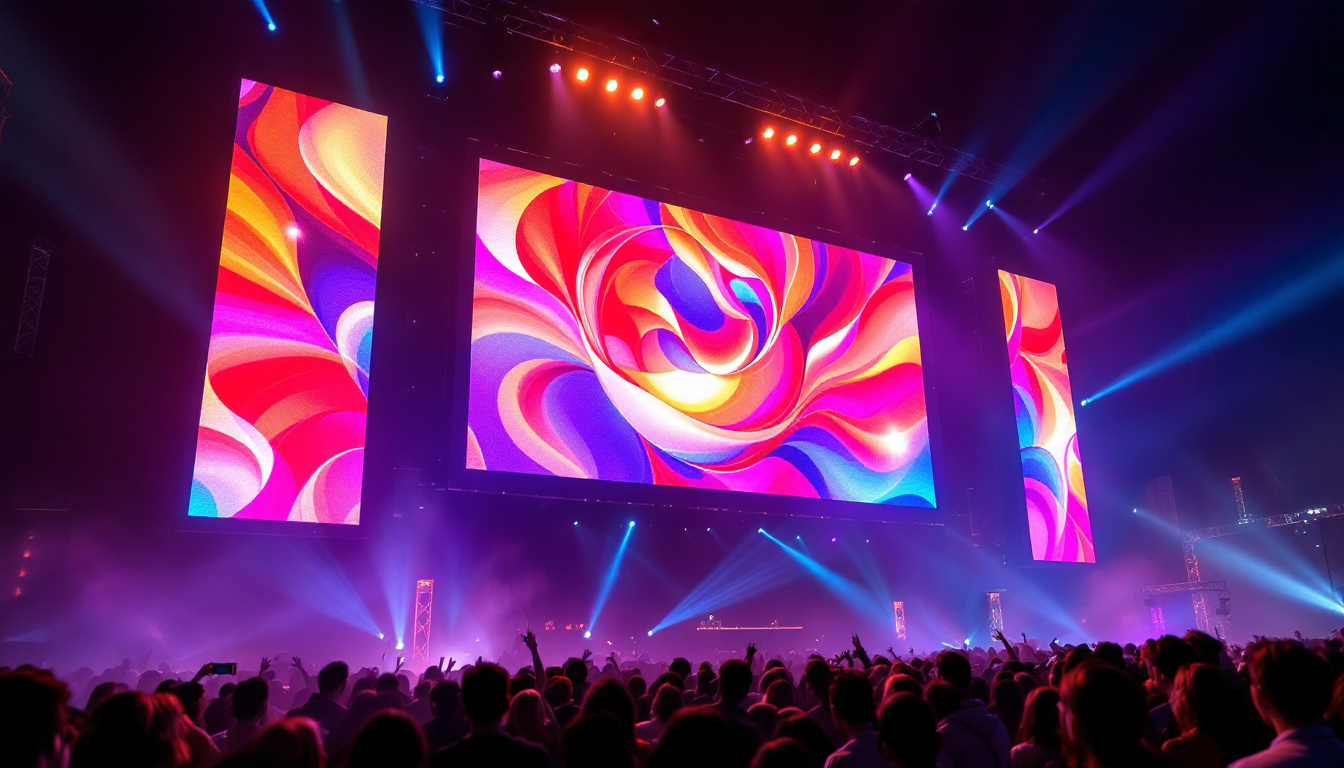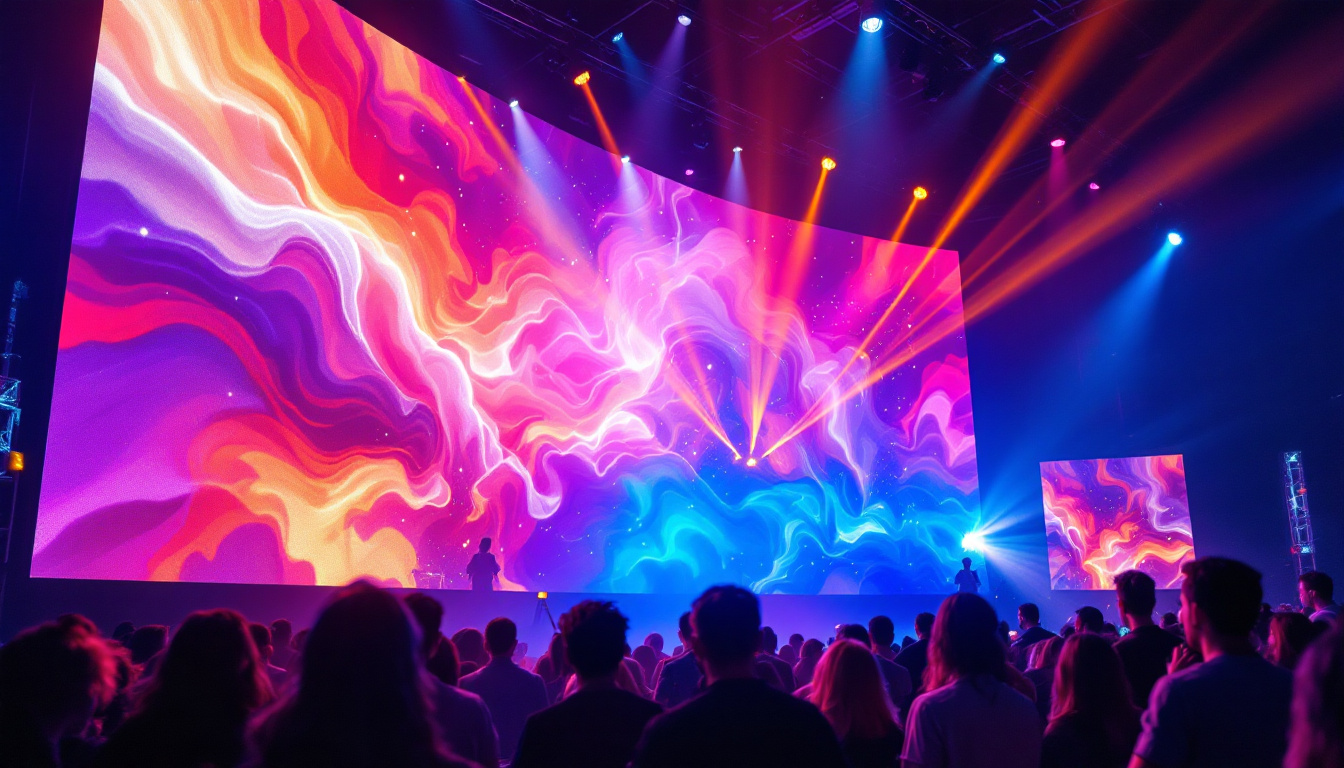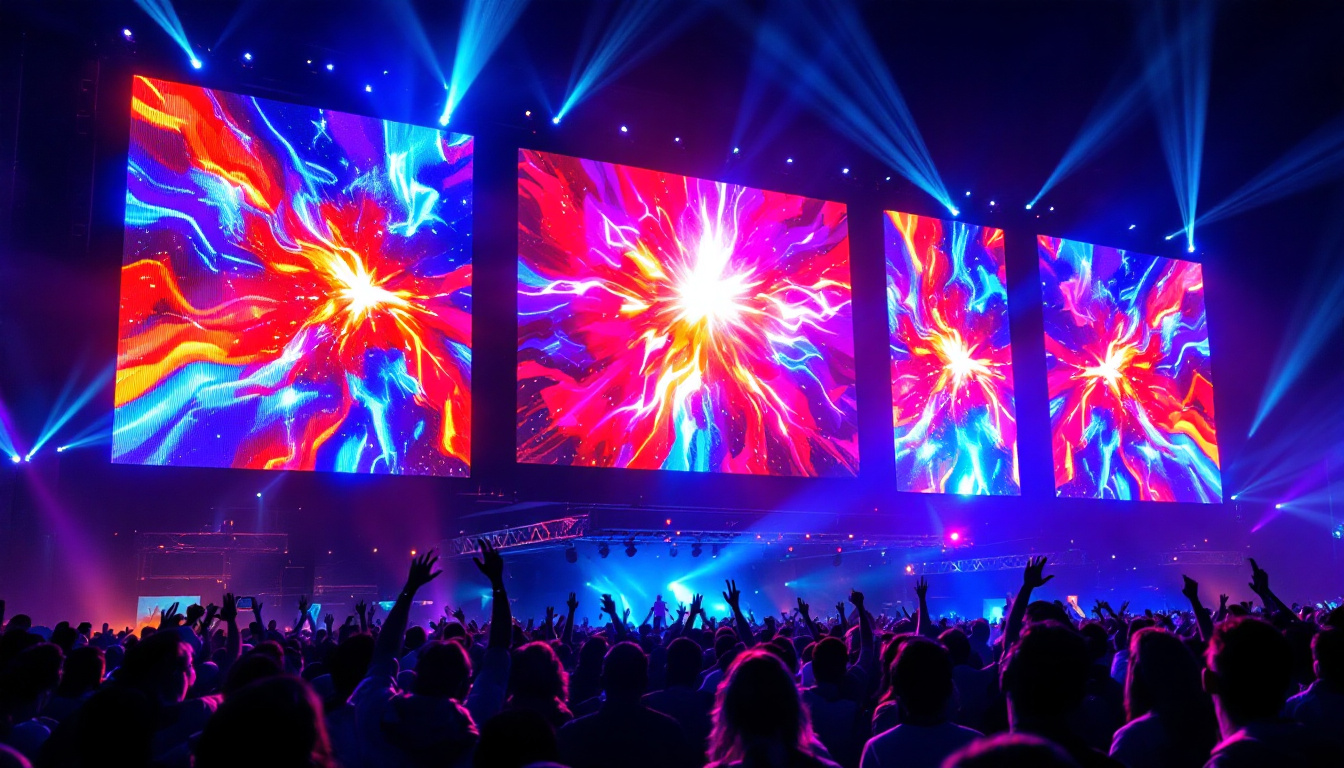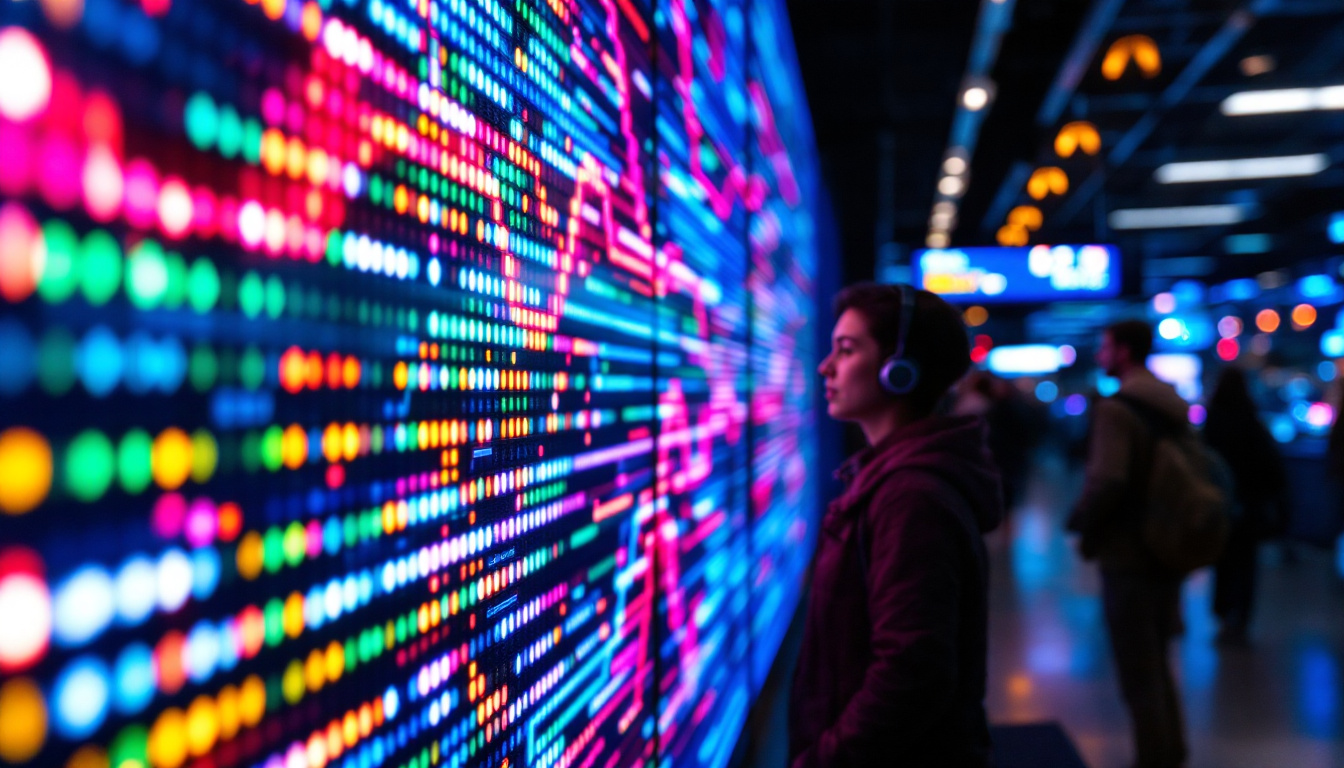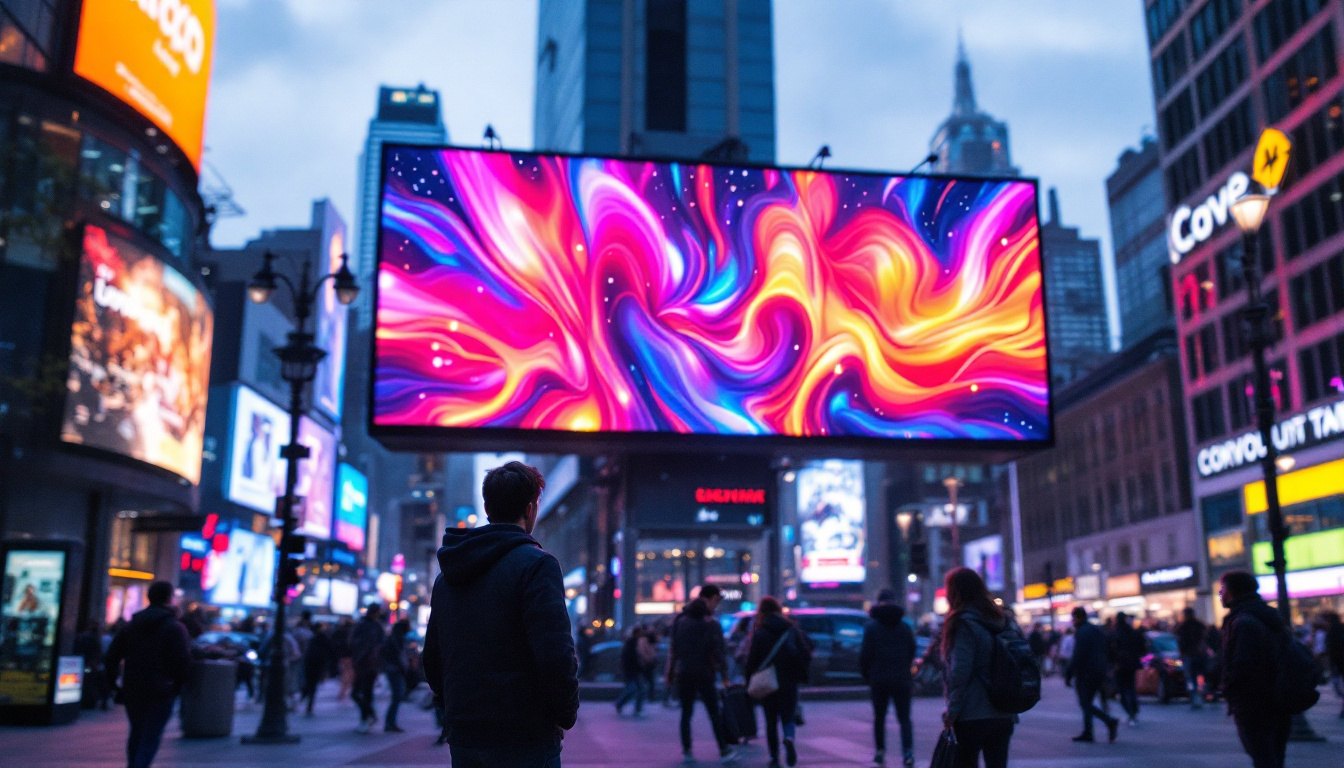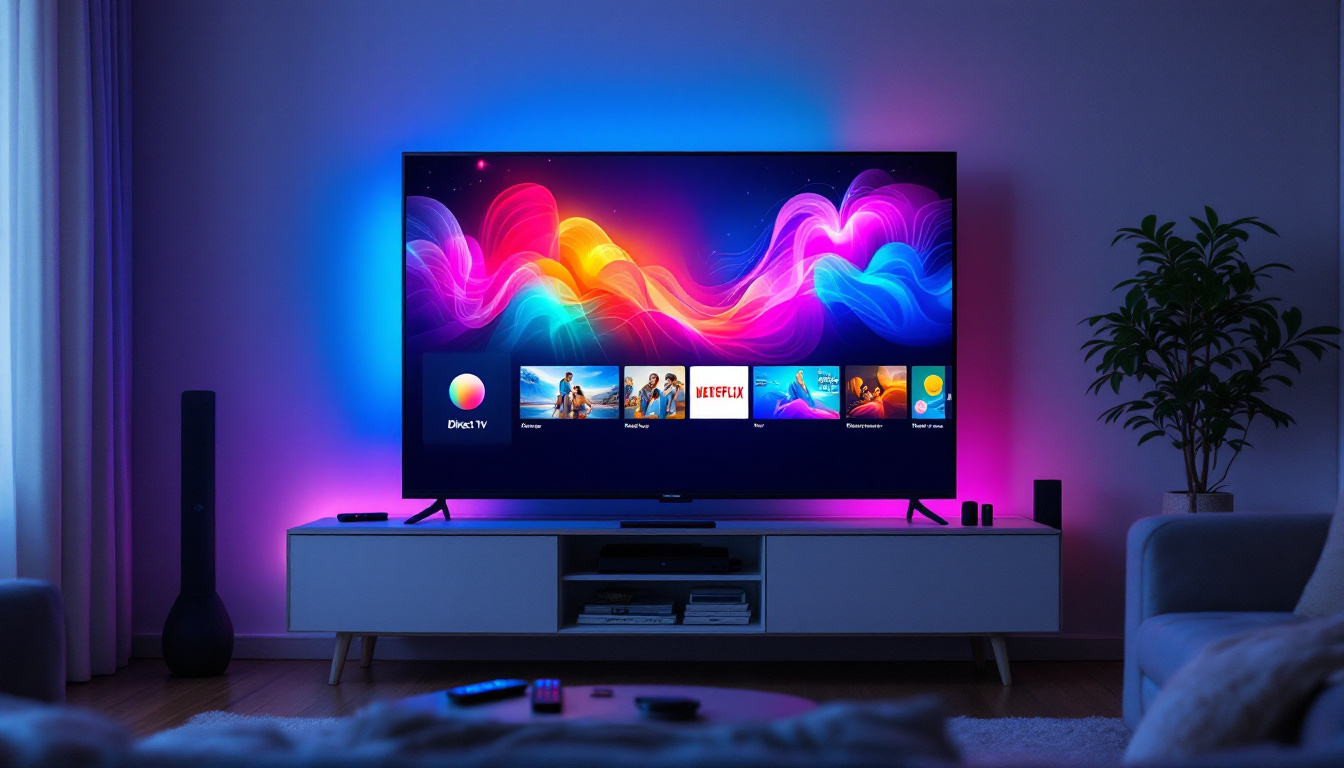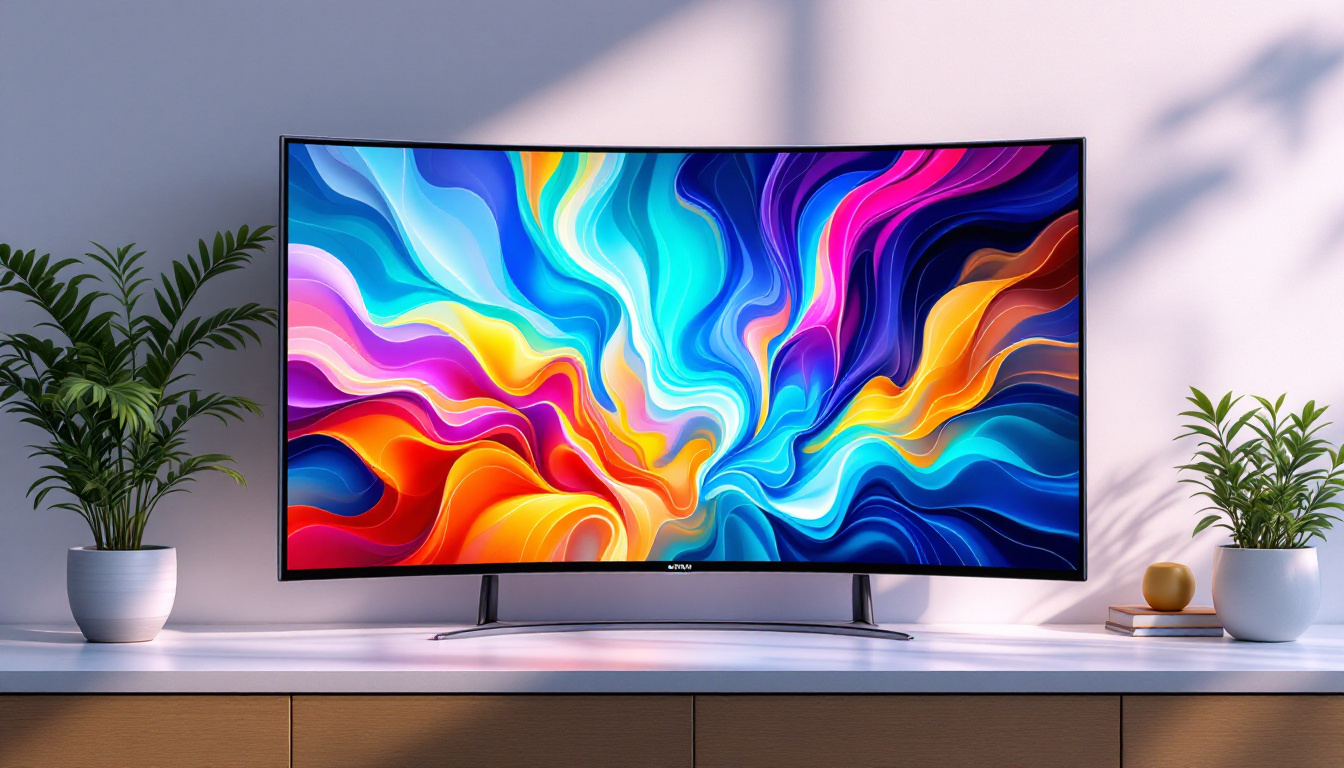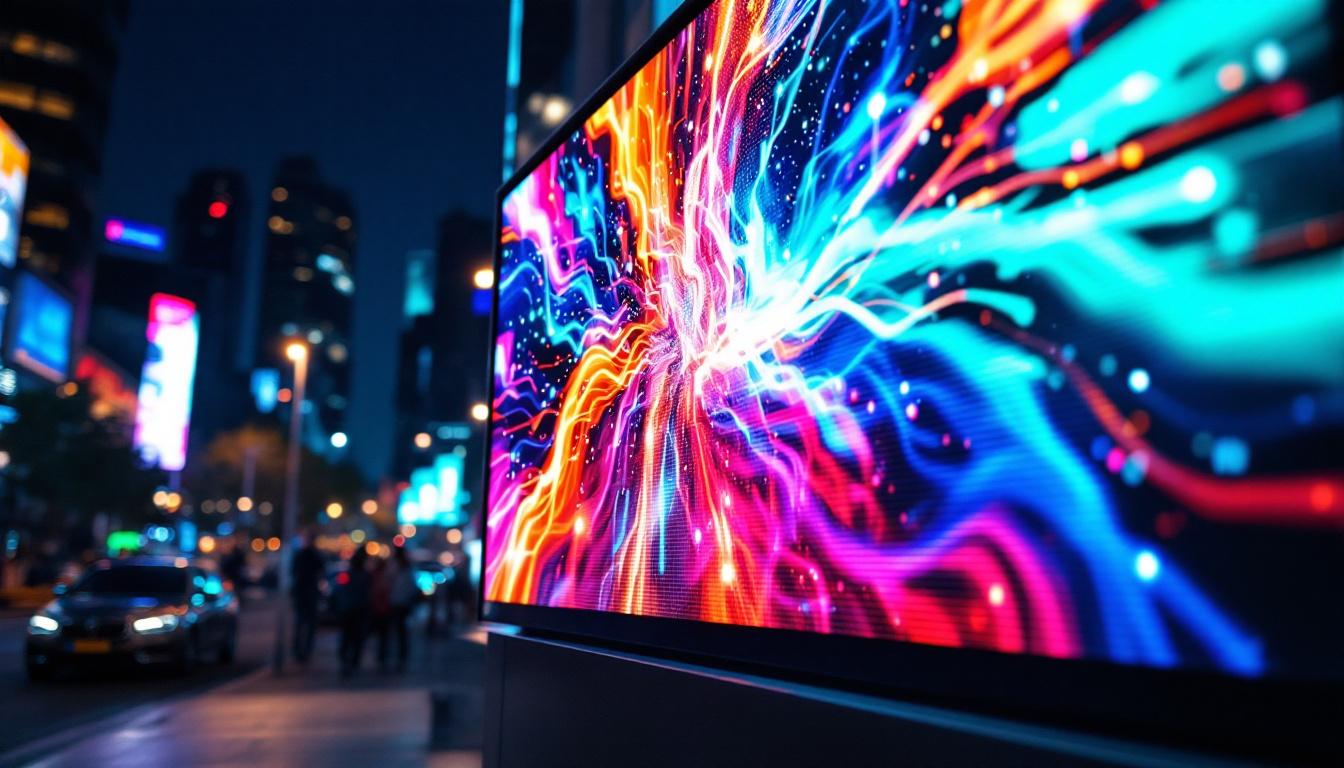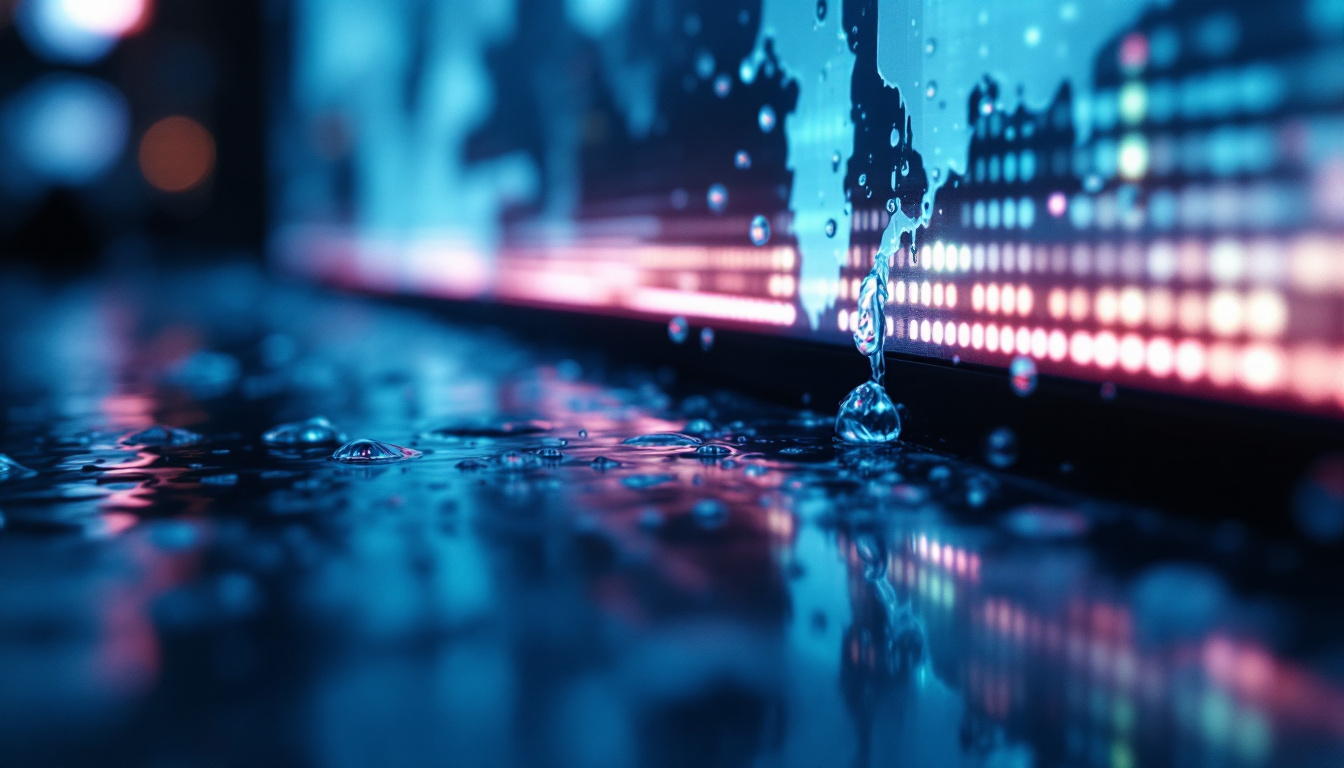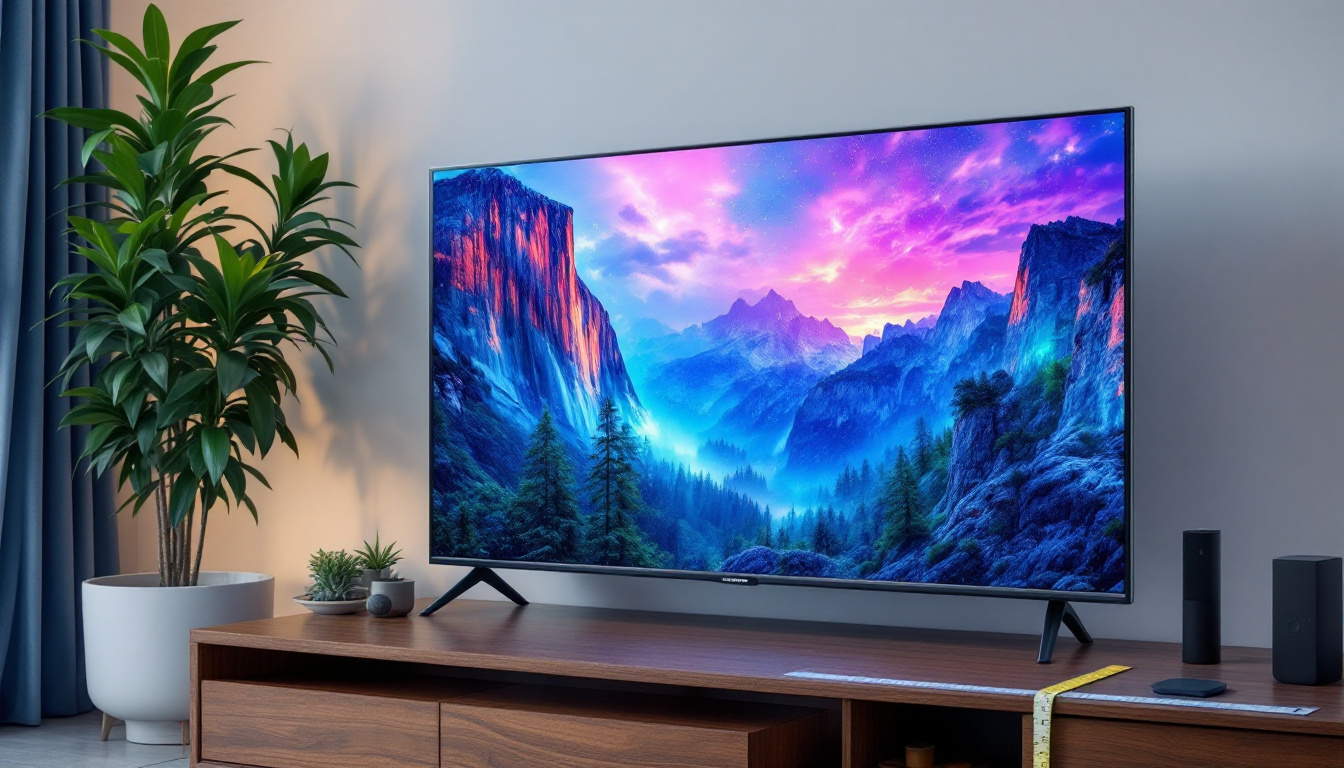Large PC Monitor Screens: LED Display Explained
In today’s digital age, the demand for larger PC monitor screens has surged dramatically. Whether for gaming, professional design work, or multitasking in office environments, large monitors offer enhanced productivity and immersive experiences. Among the various display technologies available, LED displays have become the dominant choice for large PC monitors, combining performance, energy efficiency, and visual quality.
This article delves into the world of large PC monitor screens with LED displays, explaining their technology, advantages, and considerations. It also explores how LED monitors compare with other display types and provides guidance on selecting the right large screen for your needs.
Understanding LED Display Technology
What Does LED Mean?
LED stands for Light Emitting Diode, a semiconductor device that emits light when an electric current passes through it. In the context of PC monitors, LED refers to the type of backlighting used in Liquid Crystal Display (LCD) panels. Unlike older LCD monitors that used Cold Cathode Fluorescent Lamps (CCFL) for backlighting, LED monitors use arrays of LEDs to illuminate the screen.
This distinction is important because the LED backlighting technology significantly impacts the monitor’s brightness, contrast, color accuracy, and energy consumption. LED technology has also made it possible for manufacturers to create displays that are not only more energy-efficient but also thinner and lighter, which is a significant advantage in today’s market where portability is key. Furthermore, the lifespan of LED displays is generally longer than that of their CCFL counterparts, making them a more sustainable choice for consumers.
How LED Displays Work in Large Monitors
Large PC monitors with LED displays typically use an LCD panel that controls the pixels by blocking or allowing light through. The LEDs are positioned behind or along the edges of the screen to provide consistent illumination. There are two main types of LED backlighting:
- Edge-Lit LED: LEDs are placed along the edges of the screen, and light is spread across the display using light guides. This design allows for thinner and lighter monitors but can sometimes lead to uneven brightness.
- Full-Array LED: LEDs are distributed evenly behind the entire screen. This allows for more precise control of brightness and contrast, especially when combined with local dimming technology.
Local dimming enhances the picture quality by dimming LEDs in dark areas of the screen while keeping bright areas illuminated, improving contrast ratios and deepening blacks. This technology is particularly beneficial for watching movies or playing video games, where the depth of color and detail can significantly enhance the viewing experience. Additionally, some advanced LED displays utilize HDR (High Dynamic Range) technology, which further expands the range of colors and brightness levels, allowing for a more lifelike representation of images. As a result, users can enjoy richer visuals and a more immersive experience, making LED displays a popular choice for both casual and professional use.
Advantages of Large LED PC Monitors
Superior Image Quality and Brightness
One of the primary benefits of LED displays is their ability to produce bright and vibrant images. LEDs can achieve higher brightness levels compared to CCFL backlights, making them ideal for well-lit environments. This is particularly important for large monitors where uniform brightness across the entire screen is essential to avoid distracting hotspots or dim areas.
Moreover, LED monitors support a wide color gamut and better color accuracy, which is crucial for professionals in graphic design, video editing, and photography. Many high-end LED monitors cover 99% or more of the sRGB color space, with some models also supporting Adobe RGB and DCI-P3 standards.
Energy Efficiency and Longevity
LED backlighting consumes significantly less power than traditional CCFL backlights. According to the U.S. Department of Energy, LED monitors can use up to 30-50% less energy, which translates into lower electricity bills and reduced environmental impact. This efficiency is especially beneficial for users who keep their large monitors on for extended periods.
Additionally, LEDs have a longer lifespan, typically rated at 30,000 to 50,000 hours or more. This durability means fewer replacements and less maintenance over time, making LED monitors a cost-effective investment in the long run.
Slimmer Designs and Improved Ergonomics
Because edge-lit LED technology allows for thinner panels, large monitors can be designed with sleek, modern aesthetics and reduced weight. This not only saves desk space but also facilitates better ergonomics. Many large LED monitors come with adjustable stands that support height, tilt, swivel, and pivot adjustments, enabling users to customize their viewing experience and reduce strain during long work sessions.
Comparing LED Displays with Other Technologies
LED vs. OLED
Organic Light Emitting Diode (OLED) technology is often touted for its superior contrast ratios and perfect blacks since each pixel emits its own light and can be turned off individually. However, OLED monitors remain rare and expensive, particularly in large sizes suitable for PC use.
While OLED offers exceptional image quality, LED monitors with local dimming have narrowed the gap considerably. LED displays are generally more affordable, have longer lifespans, and do not suffer from burn-in issues that can affect OLED panels.
LED vs. IPS and VA Panels
LED refers to the backlighting method, while IPS (In-Plane Switching) and VA (Vertical Alignment) describe LCD panel types. Most large LED monitors use either IPS or VA panels:
- IPS Panels: Known for wide viewing angles and accurate color reproduction, IPS LED monitors are favored by professionals and creatives. They maintain consistent colors even when viewed from sharp angles, making them ideal for collaborative workspaces.
- VA Panels: These panels offer higher native contrast ratios, producing deeper blacks than IPS. VA LED monitors are popular among gamers and movie enthusiasts who prioritize contrast and immersive visuals.
Choosing between IPS and VA depends on the intended use. IPS is better for color-critical tasks, while VA excels in contrast and darker environments.
Key Considerations When Choosing a Large LED PC Monitor
Screen Size and Resolution
Large monitors typically range from 27 inches to 49 inches or more. The appropriate size depends on your workspace, viewing distance, and use case. For example, a 32-inch monitor with a 4K resolution (3840 x 2160 pixels) offers excellent detail and screen real estate for multitasking without compromising image sharpness.
Ultrawide monitors, often 34 inches or larger with aspect ratios like 21:9 or 32:9, provide expansive horizontal space, ideal for video editing timelines and multiple application windows. However, they may require more powerful graphics hardware to drive the higher pixel counts smoothly.
Refresh Rate and Response Time
For gamers and video editors, refresh rate and response time are critical. LED monitors now commonly support refresh rates from 60Hz up to 240Hz or higher. A higher refresh rate results in smoother motion, reducing blur and ghosting effects.
Response time, measured in milliseconds, indicates how quickly a pixel can change color. Lower response times (1-5 ms) are preferred for fast-paced gaming and video playback to minimize motion artifacts.
Connectivity and Features
Modern large LED monitors come equipped with multiple connectivity options, including HDMI 2.1, DisplayPort 1.4, USB-C, and Thunderbolt 3 or 4. USB-C and Thunderbolt ports are especially useful for users who want to connect laptops or mobile devices with a single cable that transmits video, data, and power.
Additional features such as built-in speakers, HDR support, blue light filters, and flicker-free technology enhance the overall user experience and reduce eye strain during extended use.
Applications of Large LED PC Monitors
Professional and Creative Work
Large LED monitors are indispensable tools for professionals in graphic design, video production, CAD modeling, and software development. The combination of high resolution, accurate color reproduction, and large screen area enables detailed work and efficient multitasking.
For instance, a 32-inch 4K LED monitor can display multiple application windows side by side without sacrificing clarity, while color-accurate IPS panels ensure that designs look consistent across different devices and print media.
Gaming and Entertainment
Gamers benefit from large LED monitors with high refresh rates, low response times, and adaptive sync technologies like NVIDIA G-SYNC or AMD FreeSync. These features reduce screen tearing and input lag, providing a more immersive and responsive gaming experience.
Moreover, ultrawide LED monitors offer panoramic views that enhance immersion in racing simulators, flight simulators, and first-person shooters. HDR-capable LED displays bring games and movies to life with richer colors and deeper contrast.
Office and Productivity
In office environments, large LED monitors improve productivity by allowing users to view multiple documents, spreadsheets, and applications simultaneously. This reduces the need for multiple smaller monitors and streamlines workflows.
Energy-efficient LED backlighting also contributes to lower operational costs in corporate settings where hundreds or thousands of monitors may be in use.
Future Trends in Large LED Monitor Technology
Mini-LED and Micro-LED Innovations
Emerging backlighting technologies such as Mini-LED and Micro-LED promise to revolutionize large PC monitors. Mini-LED uses thousands of tiny LEDs to provide even more precise local dimming, resulting in improved contrast and brightness without the cost and burn-in risks of OLED.
Micro-LED, still in early stages for consumer displays, offers self-emissive pixels like OLED but with higher brightness, lower power consumption, and no burn-in. These advances could push the boundaries of image quality and durability for large monitors in the coming years.
Higher Resolutions and Refresh Rates
As content creation and gaming demand increase, large LED monitors are expected to support resolutions beyond 4K, such as 5K and 8K, along with refresh rates exceeding 240Hz. This will require advancements in graphics processing and interface standards but will deliver unprecedented clarity and smoothness.
Conclusion
Large PC monitor screens with LED displays represent a perfect balance of performance, efficiency, and versatility. Their superior brightness, color accuracy, and energy savings make them suitable for a wide range of applications, from professional creative work to gaming and everyday productivity.
Understanding the nuances of LED technology, panel types, and key specifications helps users make informed decisions when investing in a large monitor. As display technologies continue to evolve, LED monitors will remain at the forefront, offering increasingly immersive and efficient visual experiences for all types of users.
Discover LumenMatrix’s Advanced LED Display Solutions
Ready to elevate your visual experience with a large LED PC monitor that embodies the pinnacle of performance and efficiency? LumenMatrix, a pioneer in LED display technology, offers an extensive array of innovative solutions tailored to meet your needs. From captivating Indoor LED Wall Displays to dynamic Outdoor LED Wall Displays, and from versatile Vehicle LED Displays to sleek LED Poster Displays, our products are designed to enhance engagement and transform your space. Embrace the future of visual communication with LumenMatrix’s cutting-edge digital signage and LED displays. Check out LumenMatrix LED Display Solutions today and witness how we can help you share your message with impact and clarity.





